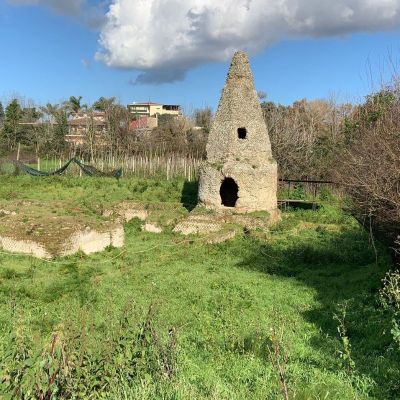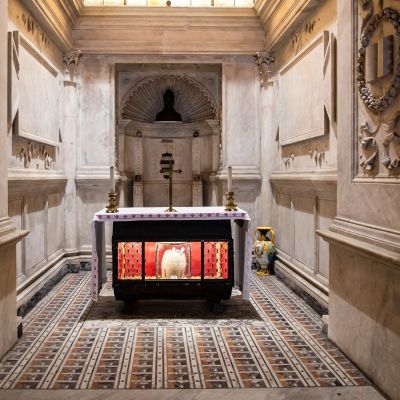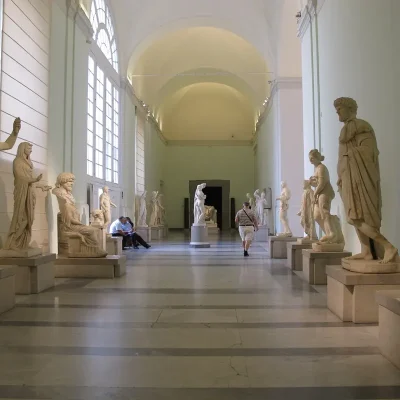The Festive Spirit of Sant’Antonio Abate
Get ready to dive into the heart of Neapolitan culture with the grand “Sagra Della Porchetta” and the traditional “Fucarazzo” in Sant’Antonio Abate! This six-day extravaganza from January 16th to 21st, 2024, combines mouth-watering food, free concerts, and the iconic “‘O Fucarazzo ‘e Sant’Antuono”, a massive bonfire symbolizing the light and warmth of Saint Anthony.
43rd Edition of Delicious Delights
Mark your calendars for the 43rd edition of the “Sagra della Porchetta,” happening in the picturesque town near Naples. Celebrate the festivities of Sant’Antuono 2024 with delectable food, music, and the traditional fucarazzo.

A Blend of Culture, Food, and Fun
The festival, set around the Natural Park, Piazza della Libertà, and Largo Sandro Pertini, is a cultural feast with food stalls, photographic exhibitions, and live artisan displays. And, of course, don’t miss the free concerts and shows!
A Line-up of Stellar Performances
From January 16th to 21st, witness an array of free evening concerts and shows featuring talented musicians. Daytime events include culinary delights by “porchettari” serving up local pork specialties. This festival pays homage to Saint Anthony, the patron saint of butchers, farmers, and animal breeders.
Event Schedule Highlights
- January 16, 2024: Floral and artistic tributes to the Saint, Agerola Folk Group concert, and the lighting of “‘O Fucarazzo ‘e Sant’Antuono”.
- January 17, 2024: Traditional Agricultural and Animal Fair at the Natural Park, Coldiretti Agricultural Fair at Piazza Pertini, evening Black Days Parade, Sciala Popolo, and Banda Caprese show, followed by the trio “I Ditelo Voi” performance.
- January 18, 2024: The grand concert by Gianluca Capozzi.
- January 19, 2024: Children’s contest inspired by “Master Chef”, and Mavi’s concert.
- January 20, 2024: The grand finale concert with Rosario Miraggio.
- January 21, 2024: Cooking Show at 10 AM, artistic performance by S. Antuono Scampia at 3 PM, and a Medieval Historical Reenactment from 10 AM to 8 PM.
Experience the charm and warmth of Sant’Antonio Abate, a festival that’s more than just a feast for the stomach – it’s a feast for the soul! 🎉🔥🍖





